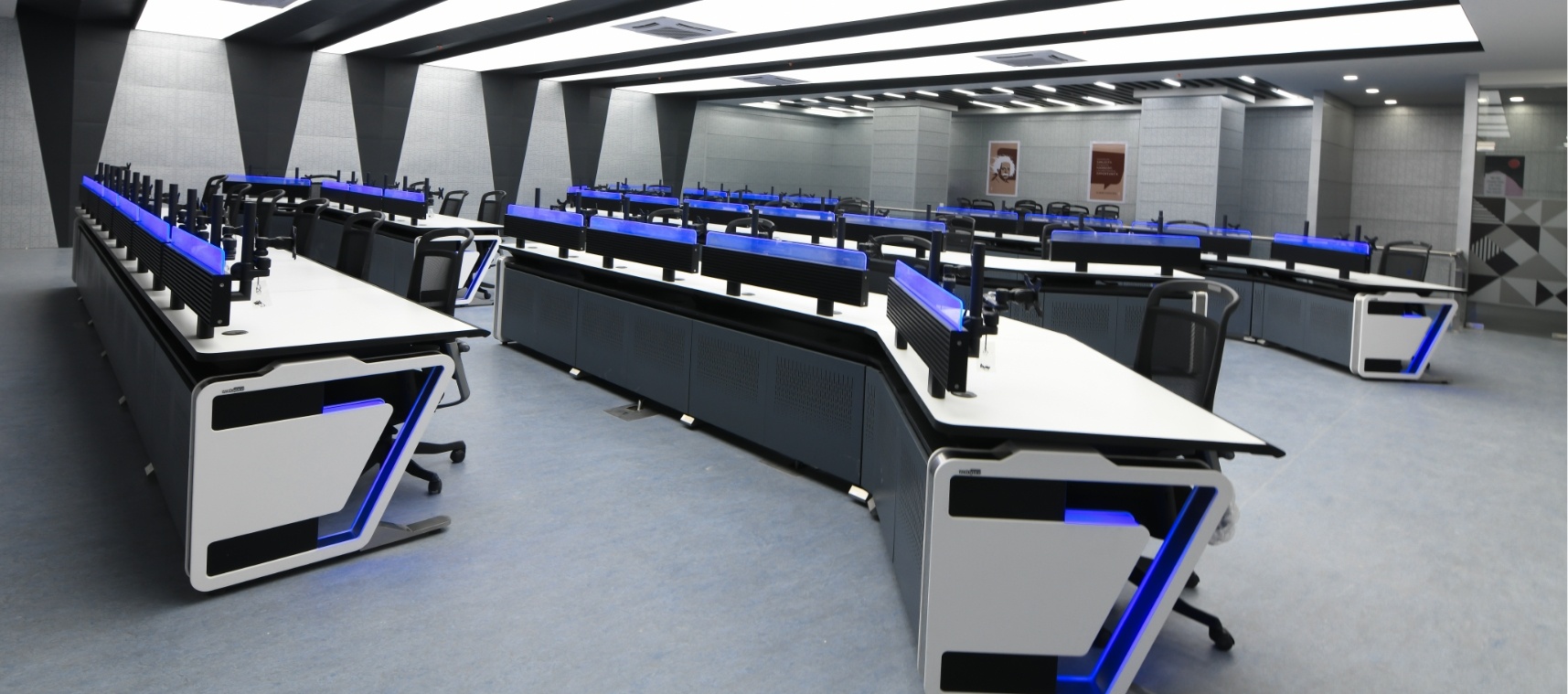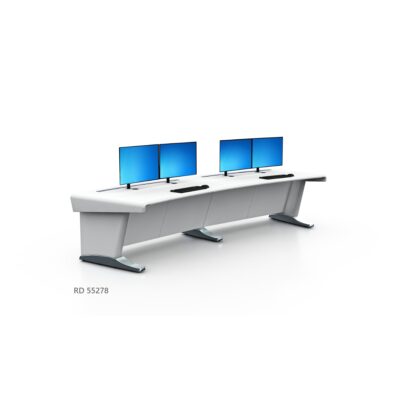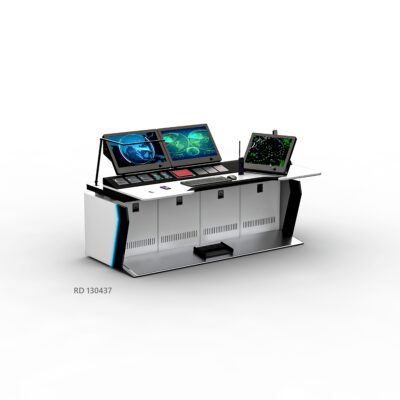
Ergonomic Design in Technical Furniture: Enhancing Comfort and Productivity

Understanding Ergonomic Design
Ergonomic Workstations are crafted to optimize workspace ergonomics, aiming to mitigate the physical strains and discomfort associated with prolonged use. Key to this approach is adjustable workstations, which empower to suit their unique ergonomic needs. By allowing for customizable settings that encourage proper posture and support, these ergonomic solutions contribute to sustained operator comfort and enhanced productivity over extended shifts.
Benefits of Ergonomic Technical Furniture:

ATC Console
Ergonomic principles integrated into control room console Furniture and technical desks offer substantial benefits:
- Enhanced Comfort: Ergonomic designs alleviate physical stress on the body, minimizing strain on muscles and joints. This fosters a more comfortable environment conducive to prolonged concentration and focus.
- Improved Productivity: By reducing discomfort and supporting optimal posture, ergonomic furniture empowers operators to maintain peak performance levels throughout their shifts. This translates into higher productivity and efficiency in managing critical tasks.
- Health and Safety: Properly designed technical furniture helps mitigate the risk of musculoskeletal disorders (MSDs) and other occupational health concerns. This proactive approach not only safeguards personnel health but also reduces absenteeism and associated costs.
Technical Furniture Solutions:
Technical Furniture Solutions encompass diverse offerings requirements:
- Control Room Console Furniture: Engineered to accommodate multiple monitors, control interfaces, and ergonomic accessories seamlessly, ensuring operators can perform tasks efficiently without compromising comfort.
- Technical Desking: Configurable desks that adapt to various equipment configurations, promoting ergonomic alignment and supporting collaborative workflows.
- Adjustable Workstations: Height-adjustable desks enable users to switch between sitting and standing positions effortlessly. This flexibility not only promotes better circulation but also reduces the adverse effects of prolonged sitting.
Integrating Ergonomic Features:
Critical features to consider in technical furniture for control rooms include:
- Adjustability: Height-adjustable desks and chairs that cater to individual ergonomic preferences, facilitating dynamic movement and minimizing static posture.
- Ergonomic Accessories: Monitor arms, keyboard trays, and footrests that enhance workstation ergonomics by promoting optimal viewing angles and ergonomic alignment.
- Durability and Ergonomic Compliance: Furniture designed to withstand rigorous operational demands while adhering to ergonomic standards, ensuring long-term performance and user satisfaction.
FAQs (Frequently Asked Questions)
Q1: What are the key features to look for in ergonomic technical furniture?
A1: Adjustable height options, ergonomic accessories like monitor arms and keyboard trays, and designs that support natural body posture are essential features.
Q2: How does ergonomic design impact productivity?
A2: Ergonomic furniture reduces discomfort and fatigue, allowing operators to maintain focus and productivity throughout their shifts.
Q3: Why is it important to choose specialized technical furniture for control rooms?
A3: Specialized technical furniture addresses the unique spatial, ergonomic, and operational requirements of control room environments, ensuring optimal performance and comfort.
Q4: What role does adjustable height play in ergonomic workstations?
A4: Adjustable height desks enable users to alternate between sitting and standing positions, promoting movement and reducing the risk associated with prolonged sitting.
Q5: How can ergonomic furniture contribute to employee retention and satisfaction?
A5: By prioritizing employee health and comfort, ergonomic furniture enhances job satisfaction and reduces turnover rates, leading to a more stable and motivated workforce.
Q6: What ergonomic certifications or standards should technical furniture adhere to?
A6: Look for certifications such as ANSI/BIFMA for ergonomic furniture standards, ensuring products meet industry benchmarks for safety, durability, and ergonomic performance.



No Comments